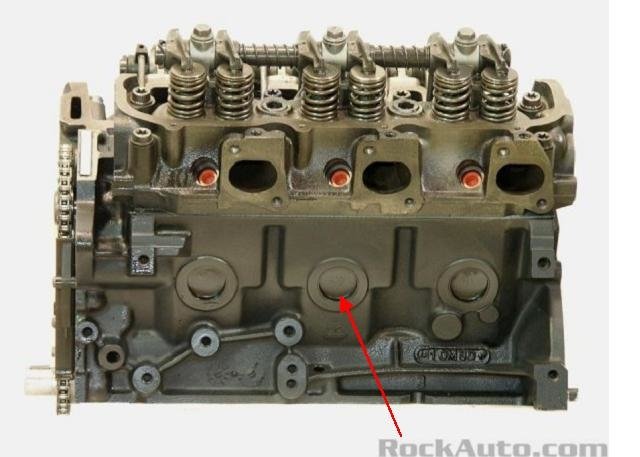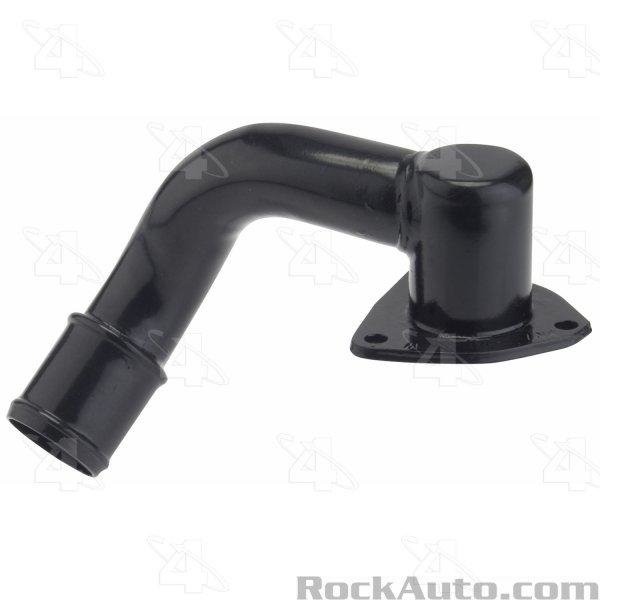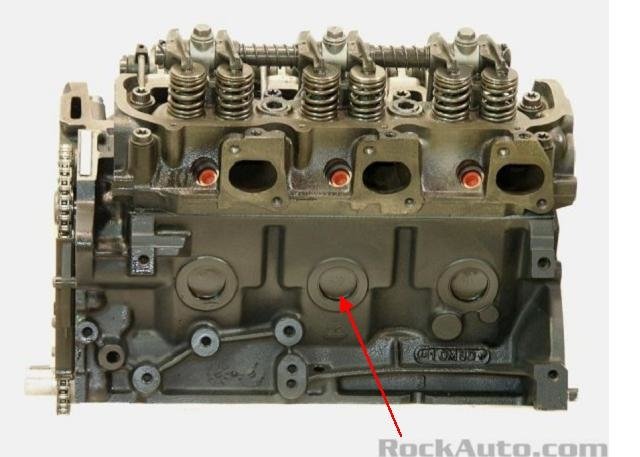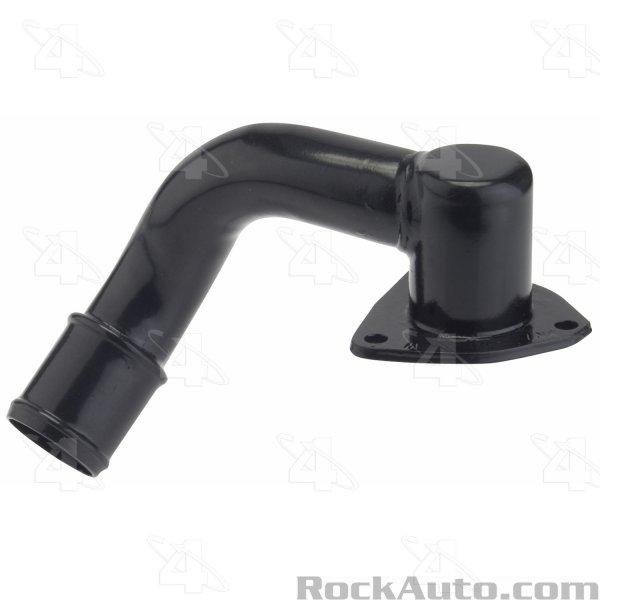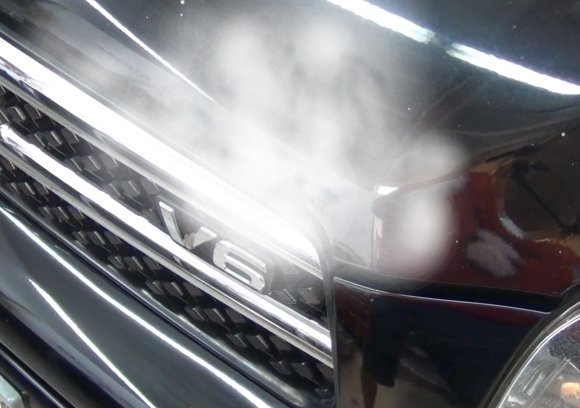An engine cannot get that hot in just two miles if you started out with it cold. Now it is time to consider a leaking cylinder head gasket.
Water holds a lot more BTU's of heat than does antifreeze. That means it will take longer for it to get up to normal operating temperature. Water is more efficient at moving the heat from the engine to the radiator, so overheating is less likely to occur. What you are missing when there is no antifreeze, other than freeze protection, are the important additives. Those include water pump lubricant, corrosion inhibitors, and seal conditioners.
When you are ready to add the antifreeze, there is no way to know when you have drained the right amount of water first. When fully-drained, there is still going to be quite a bit of water stuck inside the engine. What I do is empty the reservoir, then the engine, then I add a gallon and a half of antifreeze. Do not be fooled by the 50/50 mix antifreeze's on the market. You are paying for two quarts of water, and it undermines your efforts of achieving the 50/50 mix in the system. Next, I add a gallon of water, then I keep adding equal amounts until the radiator is full. Run the engine enough to thoroughly mix the coolant, then check its freeze point. Now you have the reservoir to add straight water or antifreeze to get to the desired freeze point.
The best freeze point is minus thirty five degrees Fahrenheit. The problem with most testers is they determine freeze point by comparing the weight of the coolant to the weight of water. Antifreeze is heavier than water, so the tester's pointer or floating balls will rise in straight antifreeze, giving the false indication it is good for more than minus seventy degrees. In fact, straight antifreeze freezes close to minus ten degrees. It is when it is mixed with water that the freeze point becomes lower than that of either of them individually. The testers lose their accuracy once you get beyond a seventy percent antifreeze/thirty percent water mixture, which equates to about minus fifty degrees.
If you really want to get some accuracy, and money is no object, look for a "refractometer". This is a tool with a glass slide to put a drop of coolant on, and a viewer to sight through. You will see a lighter half of the viewing area and a darker half. There is a scale on the side to read at the junction of the light and dark areas to read the freeze point. I have used those before, but for our needs, the inexpensive hardware store testers are fine.
Below is a photo of one side of your engine. I added a nifty red arrow pointing to one of the core plugs, (aka "freeze plugs"). There are three on the other side too. When you have a slow, elusive leak that leaves a puddle half way between the radiator and the firewall, and a little to one side of the engine, these are the best suspects. They leak from a hole corroding through them. That is much more common when the antifreeze is not replaced every two years. Look for rust-colored stains, or a crusty build-up on those plugs. If you see that, irritate the area with a screwdriver. If one is leaking, you will usually be able to poke the screwdriver through it, then coolant will come gushing out. I can describe how to replace them if necessary.
There is a chemical tester to check for a leaking cylinder head gasket. This involves drawing air from the radiator, with the engine running, through a glass cylinder with two chambers partially-filled with a special dark blue liquid. If combustion gases are present, the liquid will turn bright yellow. It is less expensive to have your mechanic perform this test than it is to buy the tool, especially if you are never going to use it again. You might be able to find it at an auto parts store that rents or borrows tools, but they will make you buy your own bottle of fluid. That is because it is rendered ineffective if it freezes or if it becomes contaminated with coolant. They do not want to risk having someone contaminate their fluid, then they borrow it to the next person that way.
A leaking head gasket will let combustion gases sneak into the cooling system. From there, it can pool under the thermostat, preventing it from opening. That is what causes the rapid overheating. Thermostats open in response to being hit with hot liquid. Hot air will not do it.
To find the thermostat, follow the upper radiator hose to the housing. It is shown in the second photo. If the engine is overheating because of a leaking cylinder head gasket, you are likely to find lots of pressure when you remove the radiator cap, but the coolant will be cold, not hot, and it will not be steaming. The upper radiator hose will be cold too. If you find the coolant is hot, verify the radiator fan is spinning the correct direction. There are many Ford applications where the serpentine belt can be installed incorrectly, causing the water pump and fan to spin backward. Check that the ribbed side of the belt runs on the ribbed pulleys, and the smooth back side runs on the smooth pulleys.
Images (Click to make bigger)
Thursday, February 8th, 2018 AT 5:42 PM
